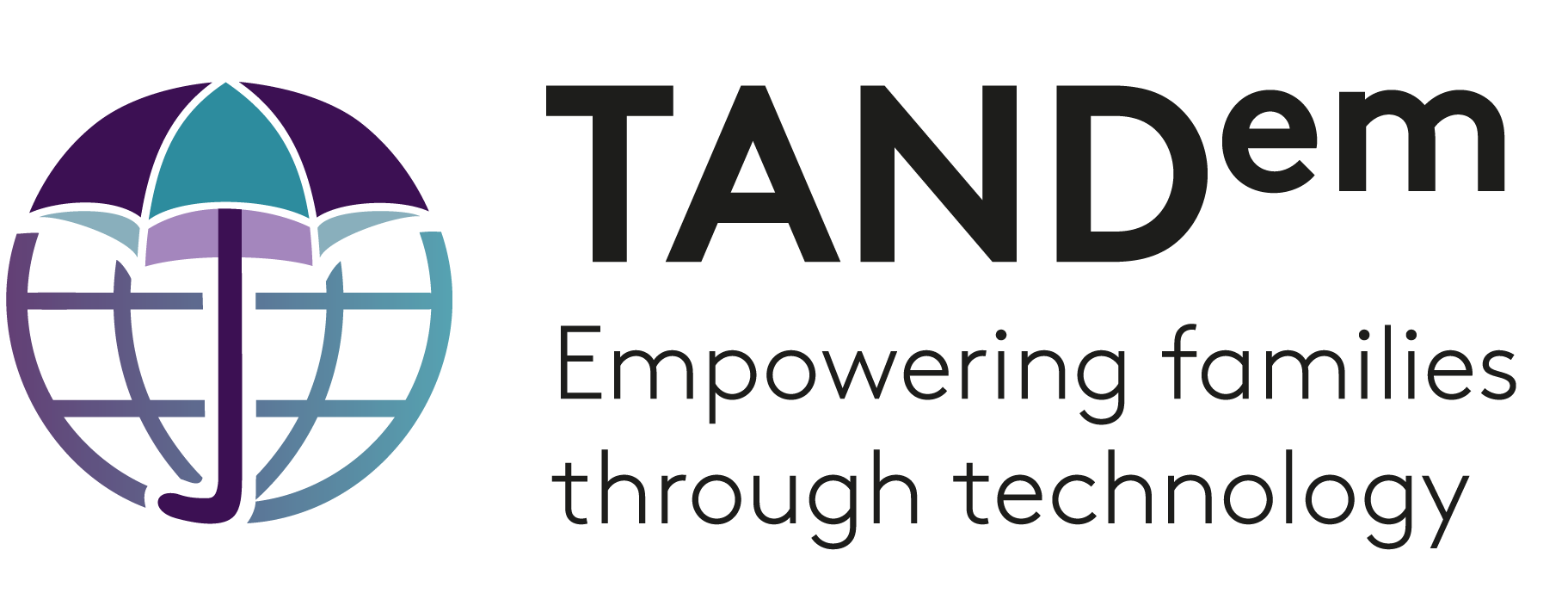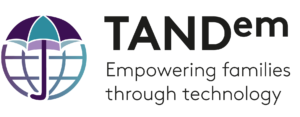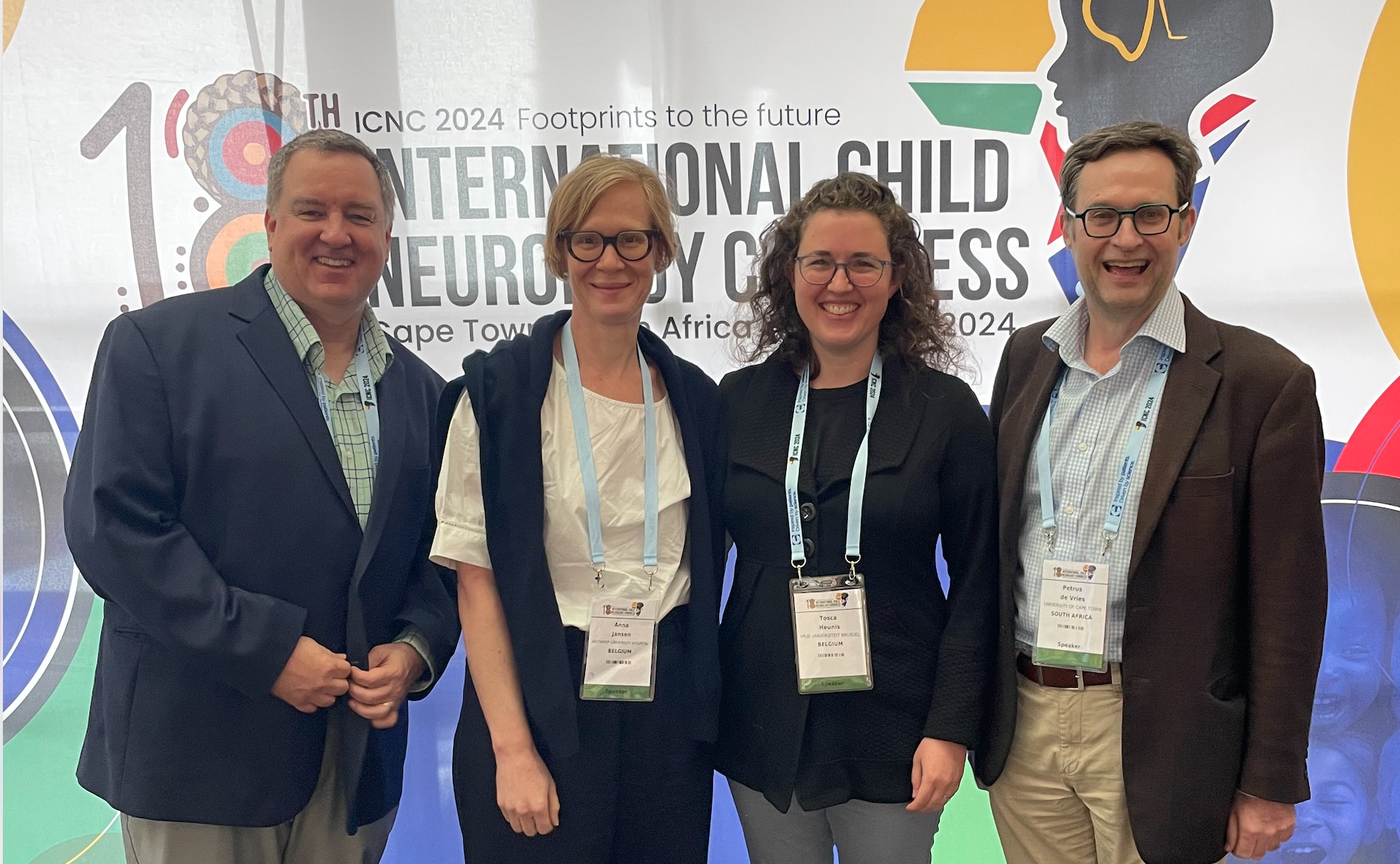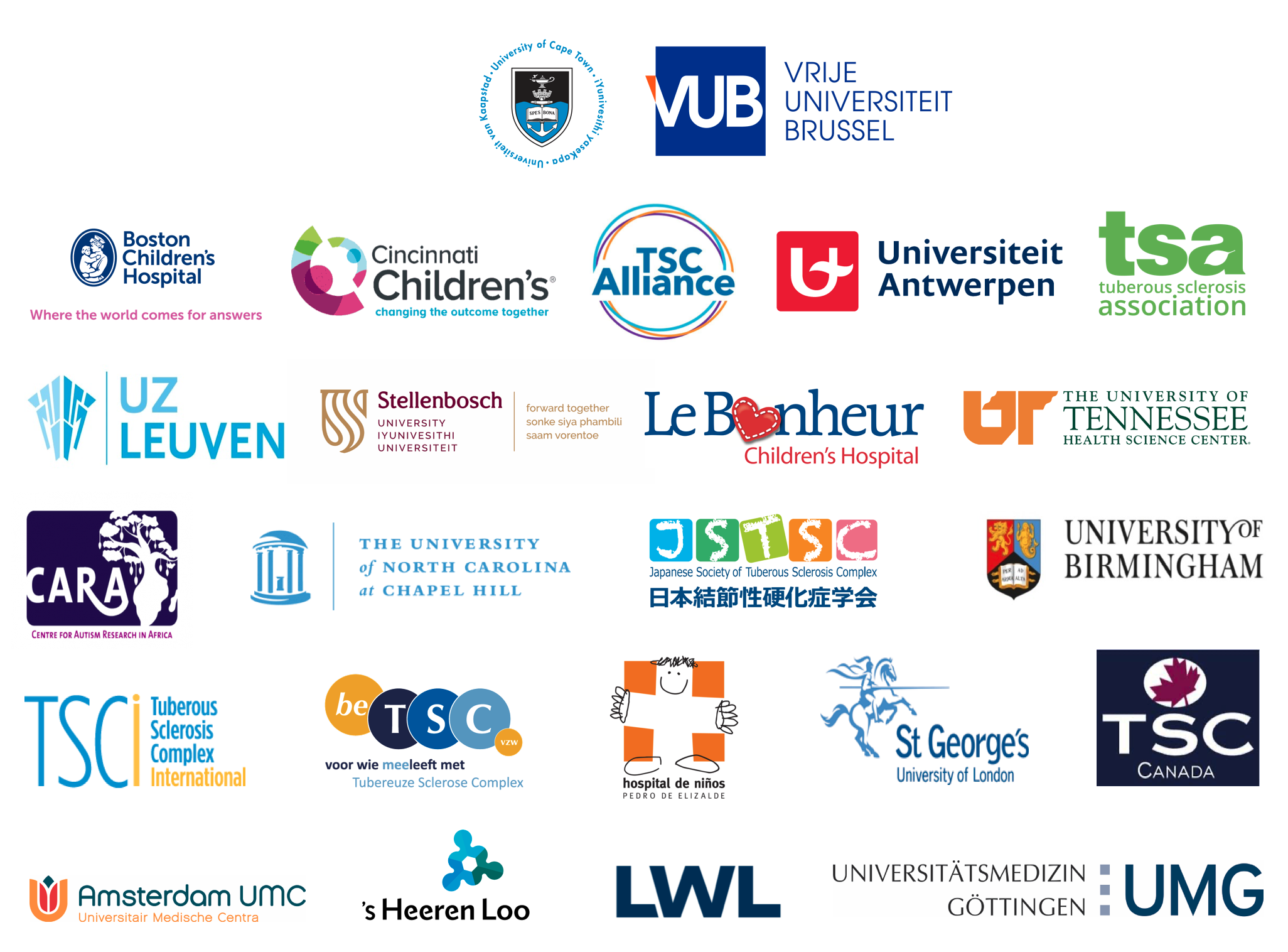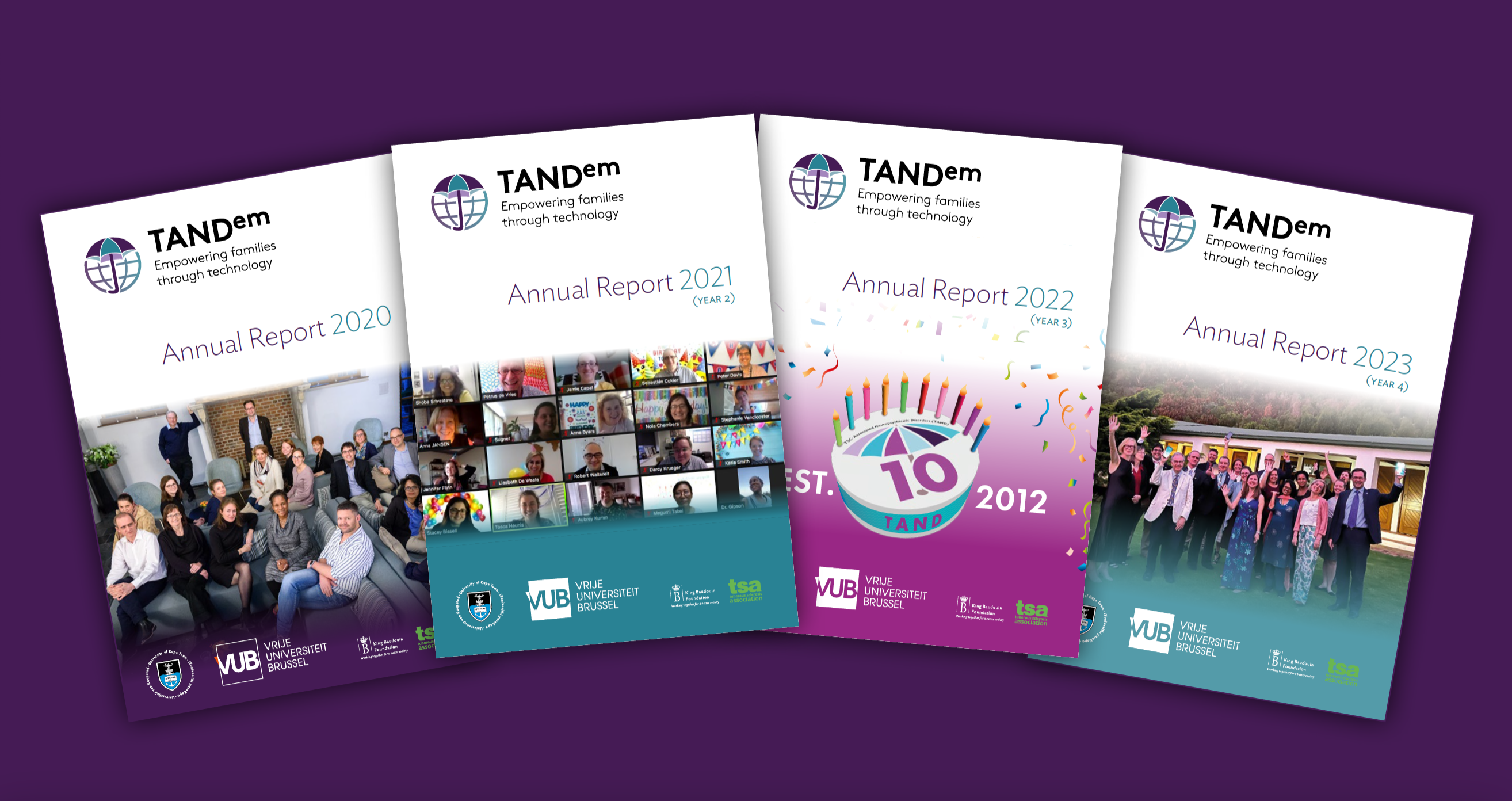
Celebrating Participatory Research on TAND
To celebrate TSC Global Awareness Day (15 May), we would like to highlight all the activities of the TANDem project in this compilation of annual reports. We salute all the families who participated across the four years of the project. Thank you for your time and interest in the project – your participation ensured the successful completion of the TANDem project!
